The black swallowtail – also called the eastern black swallowtail or American swallowtail and a variety of other colloquial names such as parsley worm – is a common butterfly found throughout much of North America. Papilio polyxenes is one of many species in the largest genus in the butterfly family Papilionidae (swallowtails). It ranges from southern Canada to northern South America, but is most common east of the Rocky Mountains. There are several subspecies that occur in Mexico, Central America and South America. It has been designated as the state butterfly of Oklahoma.
Adult black swallowtails are usually found in open areas, such as fields, meadows, parks, wetlands, prairies and sunny backyards. Females tend to be larger than the males, with a wingspan of 3¼ to 4¼ inches. The wings are black with yellow, blue, orange and red markings. On the upper surface there are two rows of yellow spots along the edges, with a powdery iridescent blue area between the two rows and a
red eyespot (red circle with a black bulls-eye) near the margin of each hind wing. The yellow spots are typically large and bright and the blue not very prominent on males, while females have smaller and lighter colored yellow spots but a prominent blue area (although some males have markings similar to females) – this difference is called sexual dimorphism.
The underside of the wings has two rows of pale yellow spots on the edges of the front wings and bands of orange spots separated by pale blue on the hind wings. Both sexes have the characteristic narrow lobe on the hindwings, called the tail. Although black swallowtails are fairly easy to identify, they are most likely to be confused with the pipevine swallowtail (Battus philenor), which is black with an iridescent blue-green sheen and only faint white spots on the upper surface and has only a single row of spots below, and the spicebush swallowtail (Papilio troilus), an uncommon stray into Wisconsin, which has white spots on the upper surface and the yellow spots on the underside are interrupted in the middle by a blue area. The underside of the wings mimics that of the poisonous and distasteful pipevine swallowtail which can fool vertebrate predators into avoiding eating them (Batesian mimicry). Since they spend a lot of time roosting with the wings closed, this maximizes the protective effects (the upper side of the wings of males doesn’t resemble that of the pipevine swallowtail). Male butterflies emerge before the females and maintain and defend territories, where they perch and patrol for receptive female butterflies. Both sexes obtain nectar from a variety of flowers, including milkweed, thistles, purple coneflower, zinnias, and Verbena bonariensis. They will also visit moist ground to obtain salts.
Larval host plants include a variety of species in the carrot family (Apiaceae). Cultivated dill, parsley, fennel, celery, caraway, and carrot are common food sources in backyard gardens, where it could be considered a pest. Usually they are not numerous enough to present a real problem. But for gardeners who do not want their plants eaten, handpicking would eliminate the problem in most situations. Insecticides are rarely justified, but if needed, foliar insecticides and the bacterial insecticide BT (Bacillus thuringiensis)
provide effective control. Black swallowtail will sometimes also utilize plants in the citrus family (Rutaceae), including common rue, Ruta graveolens. Wild plants that are utilized as larval food include introduced species such as Queen Anne’s lace (wild carrot, Daucus carota), poison hemlock (Conium maculatum), and wild parsnip (Pastinaca sativa) and native species including spotted water hemlock (Cicuta maculata) and golden alexander (Zizia aurea).
Females lay pale yellow, spherical eggs singly on host plants, usually on new foliage but occasionally on flowers. The eggs darken as the caterpillar develops inside. The eggs hatch in 3 to 9 days, with the caterpillar chewing its way out of the egg and then consuming the eggshell. The first instar larvae are spiny and mostly black with a whitish saddle, mimicking bird droppings. In the second and third instars the spines are reddish or orange.
Older larvae (fourth and fifth instars) are green with transverse bands of black with yellow spots, a color pattern that likely makes them hard to see while resting on the sun-dappled host plants. The caterpillars eventually grow up to 1½ to 2 inches long. The larval stage takes 10 to 30 days depending on temperature and type of host plant.
All swallowtail larvae have an eversible horn-like organ behind the head known as the osmeterium (osmeteria, plural) that looks like a forked snake tongue. It is a bright yellow-orange color on the black swallowtail. When the caterpillar is disturbed it rears up and the organ is extended for a short period of time. When everted it it releases a chemical repellent with a foul smell to repel predators. It is harmless to humans, however. Once the caterpillar matures it wanders away from the host plants to find a place to pupate. It positions itself in the typical swallowtail “head-up” position on something such as a plant stem, tree trunk, foundation wall or other location and spins a slender silken band around the thoracic area to support itself and is attaches at the hind end to a silk pad by a Velcro®-like cremaster. It then molts one last time into a naked chrysalis (not inside a cocoon like moths make) with short horn-like protrusions on the head.
The color of the chrysalis is either greenish with yellow markings or mottled brown. This is determined genetically, not by the individual’s immediate surroundings, so that the majority of the pupae will blend in; overwintering pupae are always brown. This stage is very cryptic and not commonly seen in the garden. Those of the first brood will remain in the pupal state for 2 to 3 weeks, while later generations pupating in the fall will enter diapause and overwinter in the pupal stage. Adults emerge in the spring, generally eclosing in the morning. There are usually two generations in the upper Midwest, with adults generally flying from mid-May until late September. They are most numerous in early July until late August when the second brood adults are out. There is a third flight period in southern regions.
This insect may be parasitized in the larval or pupal stages by flies in the families Phoridae and Tachinidae, and by wasps in the families Braconidae and Ichneumonidae. Since some insect parasitoids find their hosts by the smell of volatile chemicals in insect frass, black swallowtail larvae use their mandibles to throw their fecal pellets off the plant so these natural enemies will be less likely to find them. If you want to encourage black swallowtail to visit your garden, plant flowers to provide nectar to adults and larval host plants (such as dill or parsley that you are willing to let them eat), and refrain from using insecticides in the garden. – Susan Mahr, University of Wisconsin – Madison
North America is home to a dazzling diversity of butterflies that come in a rainbow of colors. Among the most eye-catching are the black and blue butterflies that flutter through our fields and forests. These insects showcase an incredible range of shades and patterns in their black and blue wings.
In this article we’ll explore 30 of the most spectacular black and blue butterfly species found across the United States and Canada. From tiny azures to large swallowtails these butterflies never cease to impress with their beauty.
What Makes Black and Blue Butterfly Wings So Stunning
The wings of butterflies contain microscopic scales that reflect light to produce color through structural or pigmentary mechanisms Blue is a structural color created when light is scattered by the microscopic structure of the scales. Black is produced by melanin pigments that absorb all wavelengths of light
When combined on a butterfly’s wing, these black and blue scales can create dazzling effects. The light is selectively absorbed by the black patterns while the blue sections shine iridescently. Tiny structural details further enhance the vividness of the colors.
Many black and blue butterflies are involved in mimicry complexes. A tasty species will evolve to resemble a toxic species’ warning coloration to fool predators. This explains why very unrelated butterflies can appear so similar in their black and blue patterning.
30 Beautiful Black and Blue Butterfly Species
1. Red-spotted Admiral
The red-spotted admiral (Limenitis arthemis) flies through birch and pine forests in the eastern US and Canada. Its wings are midnight black with bright blue bands along the edges. As the name suggests, red spots decorate the black forewings.
2. Pipevine Swallowtail
The pipevine swallowtail (Battus philenor) is found across much of North America. The males are mostly iridescent blue-black while the females have more blue on their hindwings. Caterpillars feed on toxic pipevines, making the butterfly unpalatable to predators.
3. Summer Azure
This tiny azure (Celastrina neglecta) flits through eastern woodlands. The males are a luminous blue above while the females have more gray-blue wings. Black dots outline the wing edges.
4. Atala
Endangered in the US, the atala (Eumaeus atala) is primarily found in Florida’s subtropical forests. Its wings are black with bright blue spots and its abdomen is crimson red.
5. Mangrove Skipper
The mangrove skipper (Phocides pigmalion) frequents tropical Florida, the Caribbean, and Latin America. Its wings are black with a striking violet-blue sheen. It feeds on the nectar of shepherd’s needle wildflowers.
6. Common Checkered-Skipper
Checkered patterns decorate the dark wings of this skipper (Pyrgus communis). The males are black with vivid blue patches while the duller females are chocolate brown. It is widespread across much of North America.
7. Long-tailed Skipper
The long-tailed skipper (Urbanus proteus) has dark wings broken up by two pale bands. Its body is a metallic blue. As a caterpillar, it is an agricultural pest of beans and wisteria.
8. Reakirt’s Blue
Reakirt’s blue (Echinargus isola) lives in southern Florida and the tropics. The males are gray-blue above with black spots circled in white. Females have more muted brown-gray wings. They gather nectar from plants like clover and spearmint.
9. Silvery Blue
Widespread in the US and Canada, the aptly-named silvery blue (Glaucopsyche lygdamus) has silvery blue wings with delicate black dots and lines. Males are brighter blue while females are grayer.
10. Tropical Checkered-Skipper
Checkered patterns adorn this butterfly’s (Pyrgus oileus) black wings and vivid blue body. It frequents the southeastern US, Mexico, and Central America feeding on the nectar of mallows and Sida.
11. Great Purple Hairstreak
The great purple hairstreak (Atlides halesus) lives up to its name with iridescent blue wings and a dark body. Caterpillars feed solely on mistletoe, giving the butterflies a unique taste.
12. Boisduval’s Blue
Out west, Boisduval’s blue (Plebejus icarioides) flits through sagebrush flats. The males are silvery blue with black margins while the brown females mimic faded leaves. They gather nectar from wild buckwheats.
13. Spring Azure
One of the most widespread butterflies, the spring azure (Celastrina ladon) flies everywhere from Florida to Alaska. The males are vibrant blue with black spots and lines. Females have more gray-violet coloration.
14. Mexican Bluewing
Alternating stripes of black and iridescent blue decorate the wings of the Mexican bluewing (Myscelia ethusa). It is found across the southern half of the US into Central America.
15. Sonoran Blue
In the southwestern deserts, the Sonoran blue (Philotes sonorensis) adds a pop of color. Both sexes are mostly pale blue with bold black wing markings. They gather nectar from desert wildflowers.
16. Guava Skipper
One of the largest skippers in the Americas, the guava skipper (Phocides lilea) has a wingspan approaching 2.5 inches. Its dark wings are edged with metallic blue bands and spots.
17. Blue Metalmark
The blue metalmark (Calephelis nemesis) lives up to its name with its gleaming blue wings. Along the Gulf Coast and into Mexico, it frequents open scrublands.
18. Two-barred Flasher
Aptly named, the two-barred flasher (Astraptes fulgerator) has distinctive white bands crossing its dark wings. Its body shimmers an iridescent blue. It ranges from the southeastern US to Brazil.
19. Florida Purplewing
In southern Florida, keep an eye out for the vibrant Florida purplewing (Eunica tatila). Its wings seem plain brown on the underside, but reveal deep blue and purple above.
20. Gilbert’s Flasher
Gilbert’s flasher (Venada otilia) occurs in Texas and Mexico’s northeast. Its bold wing patterns feature metallic blue patches contrasting dark brown. Males have brighter blue coloration.
21. Blackened Bluewing
True to its name, the blackened bluewing (Myscelia ethusa) has extensive black patterns on its wings. Smaller blue sections shine near the body. It lives in the southwestern deserts.
22. Forrer’s Leafwing
Forrer’s leafwing (Memphis forreri) perfectly camouflages against vegetation with its leaf-like wings. Above, it has intricate patterns of blue, blacks, and oranges. It occurs in Mexico’s tropical forests.
23. Sara Longwing
Common in the southern US, the Sara longwing (Heliconius sara) has long black wings streaked with yellow bands and powder blue patches. Its wingspan can reach almost 3 inches.
24. Blue Admiral
Widespread across the continent, the blue admiral (Limenitis arthemis) flits through open woodlands. Its black wings are edged with broad bands of bright blue.
25. Bell’s Longtail
The aptly-named Bell’s longtail (Urbanus alva) has long, tapered wings. Its dorsal side is black and metallic royal blue. This large skipper occurs in Texas, Mexico, and Central America.
26. Cascadia Blue
In the Pacific Northwest, keep an eye out for the Cascadia blue (Euphilotes enoptes). Despite its name, the dusty gray-blue males can be tricky to spot among lichen-covered rocks.
27. Blue Copper
Iridescent blue wings with black dots and dashes characterize the males of this western species (Lycaena heteronea). The brown females are far more inconspicuous as they nectar on mountain wildflowers.
28. Anna’s Blue
Another western species, Anna’s blue (Plebejus anna) resembles a smaller version of the blue copper. But its grayer female has unique orange markings on the underside of the hindwings.
29. Arctic Blue
Despite its name, the Arctic blue (Agriades glandon) can thrive in arctic and alpine habitats across northern North America. Its wings are deep blue with thick black edges.
30. Square-spotted Blue
Tiny and delicate, the square-spotted blue (Euphilotes battoides) lives up to its name with distinctive squared spots on its wings. It occurs through much of western North America.
With their gleaming arrays of blacks and blues, these butterflies exemplify nature’s beauty. As you explore the fields and forests of North America, keep an eye out for a flutter of sapphire blue over jet black wings. The more you learn to recognize species, the more you’ll delight in spotting new specimens of these winged wonders.
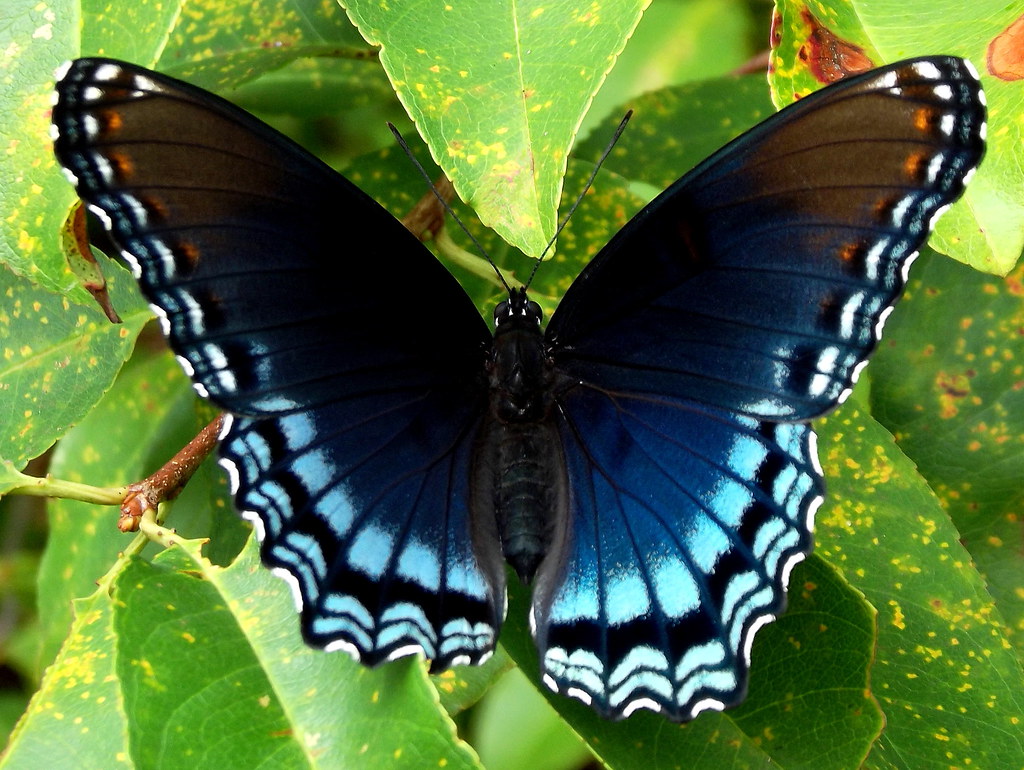
Ask Your Gardening Question
If you’re unable to find the information you need, please submit your gardening question here:
Latest from Wisconsin Yard & Garden
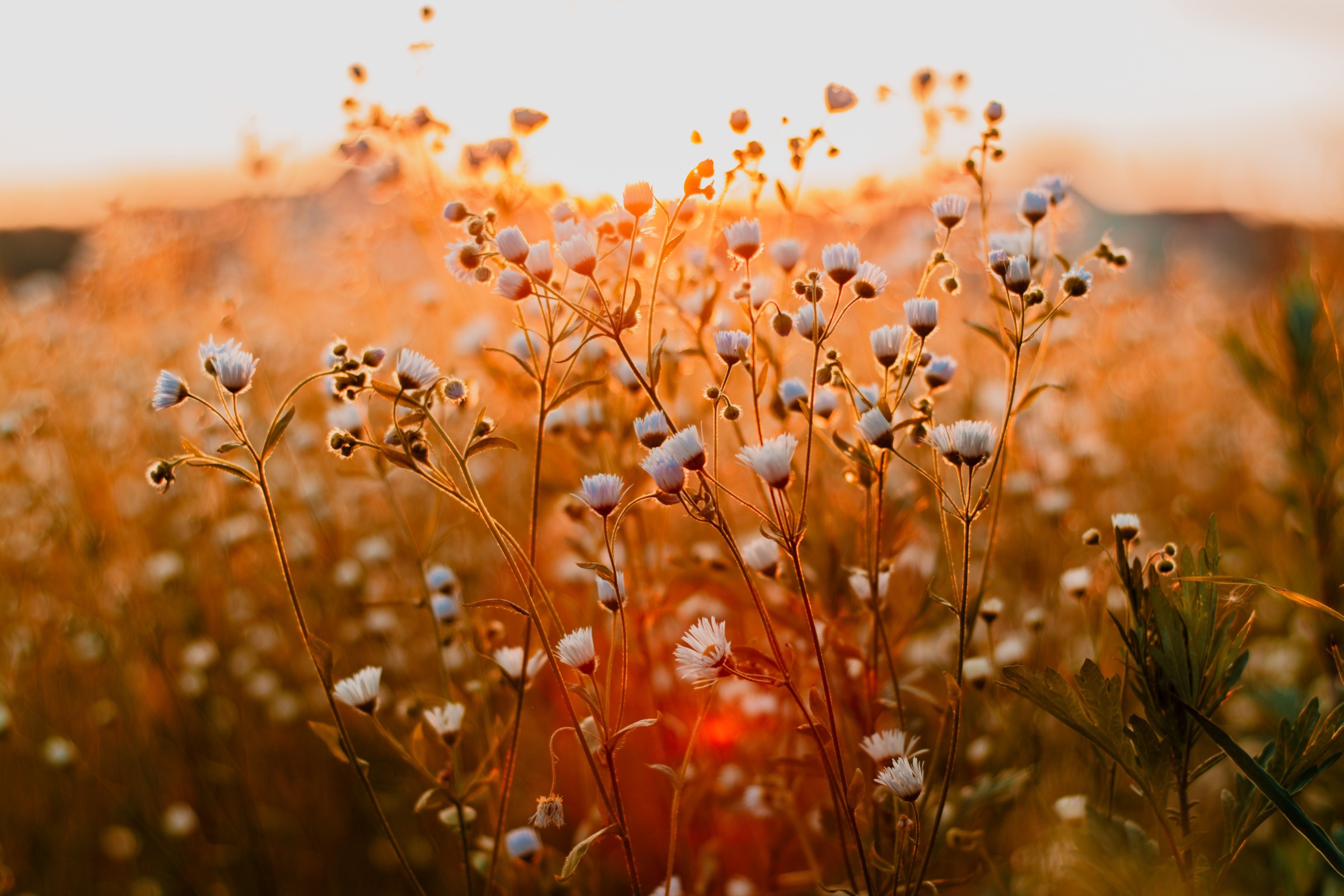
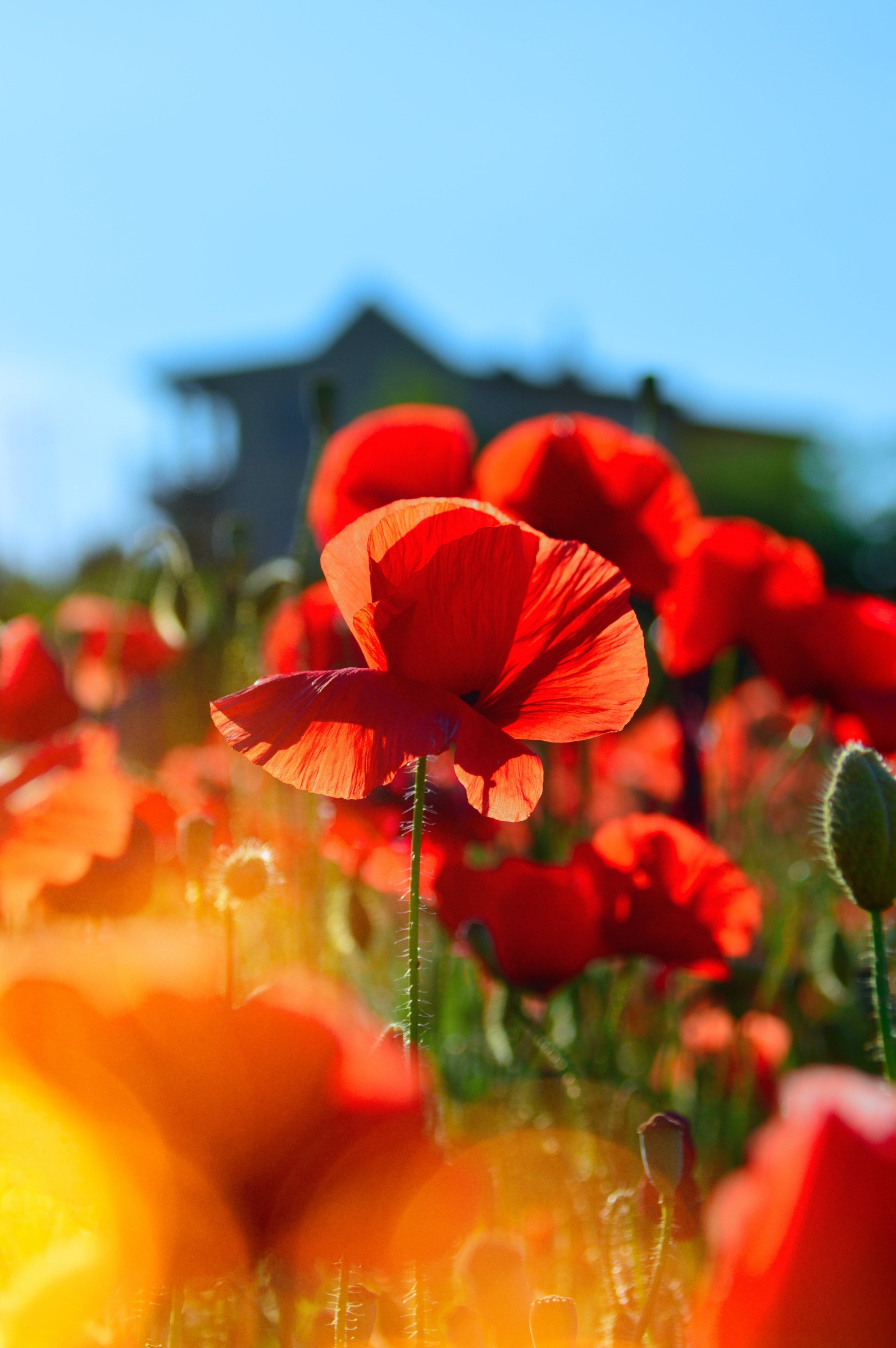
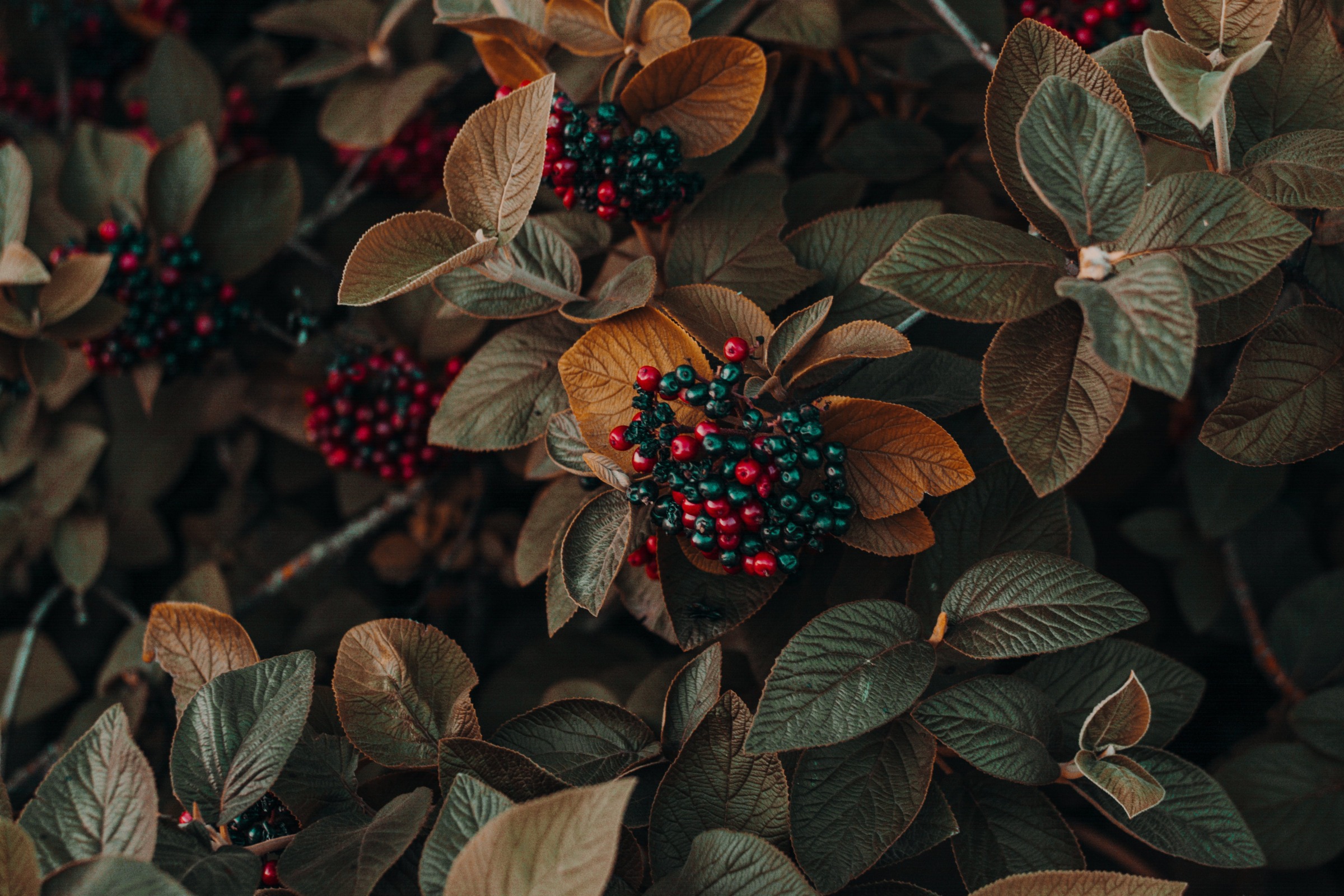
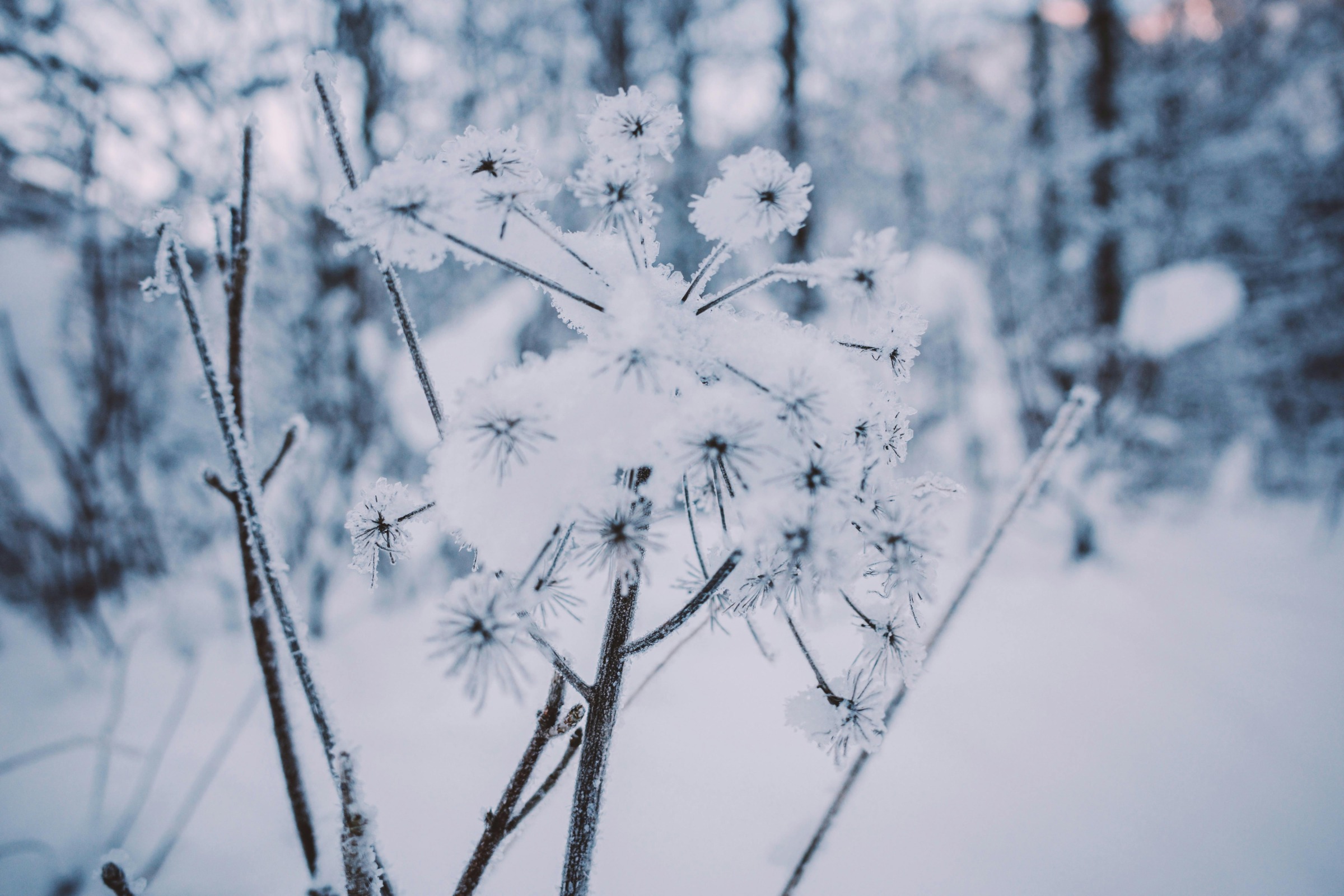
blue butterfly on black
FAQ
What kind of butterflies are black and blue?
Spicebush swallowtails are large black butterflies with iridescent blue (females) or green (males) on the hindwings. There are usually light spots near the edge of the forewings, and orange spots on the underside of the hindwings.
What does seeing a black and blue butterfly mean?
The black and blue butterfly is often associated with change and transformation. In many cultures, butterflies are seen as symbols of rebirth and renewal. The black and blue butterfly, with its dark, mysterious coloring and vibrant blue accents, represents a transformation that’s both profound and beautiful.
What does a blue butterfly mean spiritually?
Spiritual Meaning of a Blue Butterfly The Meaning of a Blue Butterfly can be diverse. It often seen as a sign of life. They symbolize change or rebirth, regardless to their color. Blue butterflies are often considered a symbol of love. Blue is one of the fresh colors.
Are monarch butterflies blue and black?
How to Identify a Monarch. Monarchs are well known for their vibrant orange wings with black veins and black borders with a white polka dot outline.
What is a blue and black butterfly?
A blue and black butterfly can belong to various species of colorful butterflies, such as Swallowtails, Blue morphos, Common blues, Common olive wing, and the Mexican bluewing. One example is the Pipevine swallowtail butterfly (Battus philenor), which is also known as the Blue swallowtail.
What butterfly has blue spots?
The red-spotted admiral is another type known for its bold blue spots. This butterfly stands for being strong and not giving up, even when things are tough. It’s like a reminder that we all have the strength inside us to face challenges. There’s also a special kind of monarch butterfly that has black and blue colors.
Why do butterflies have black & blue wings?
Butterflies are some of the most exquisite creatures found in nature, their vibrant colors and delicate wings capturing the imagination of people worldwide. Among the many butterfly species, those with a combination of black and blue hues stand out due to their striking beauty.
What is the Common blue butterfly?
The Common blue butterfly belongs to the subfamily Polyommatinae. Known as the blues due to their wing’s coloration, the males have blue wings with a white fringe and black-brown border, while females have brown wings with orange spots and a blue dusting.
How do you identify black and blue butterflies?
Identifying black and blue butterflies can be challenging due to their diverse appearances. However, there are a few key features to look for that can help in identification: Wing Color and Patterns: Look at the shades of blue and black on the wings. The intensity of the blue and the arrangement of spots or stripes can help differentiate species.
What are the prettiest black and blue butterflies?
The Common Bluebottle is a sight to behold, showcasing stunning blue wings adorned with elegant black spots, making these the prettiest black and blue butterflies.
